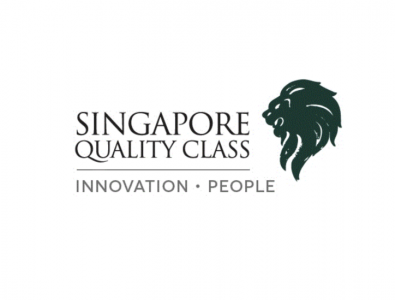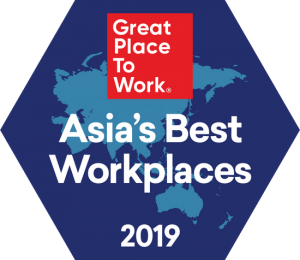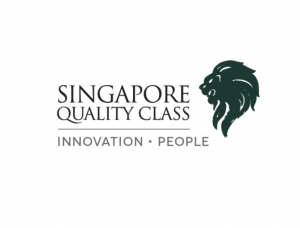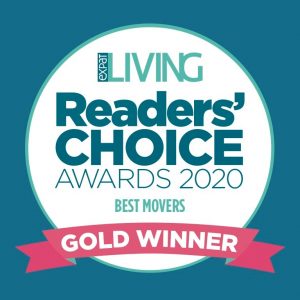26 April 2019
Supply Chain Challenge 2019
We want to exert positive environmental impact by integrating it into our logistic industry through reverse logistics to refine environmental issues that are part of our processes.
Going Green
Meet Our SCC Team

Alan Hoo
Business Development Manager
alan@shalom.com.sg

Montclairey Heng
Digital Marketing Manager
montclairey@shalom.com.sg

Eugene Lee
Sales Executive
sales@shalom.com.sg
awesome program
The Open House
3rd & 4th May 2019
10 Kaki Bukit Road 1, KB Industrial Building #01-25 Singapore 416175
awesome place for awesome people
Going Green Engage Reach Out Shalom Eco Shalom Cares
Our Business Case: Going Green
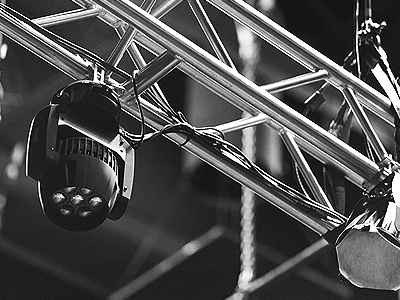
Shalom International Movers Pte Ltd would like the teams to conduct fact finding, collection and analysis of data with the objectives to propose and recommend ideas to a real life work operational process in Shalom Movers, specifically in the area of reverse logistics. The aim is to give a review of the process and propose a feasible solution to improve the overall performance of this current process.
Traditionally, a forward supply chain logistics means a forward operation flow of materials and information for companies to reach customers. However, in reverse logistics, companies create a new supply chain network that works backwards, which allows customers to revert to the company.
This practice have existed for a long time, but is often overlooked by companies. It is known that companies that implemented reverse logistics correctly are able to improve overall customer service and increase revenue. Reverse supply chain must be carefully planned, designed, implemented and control, in order to ensure efficiency and cost-effectiveness.
Due to the steady growth in Singapore’s population and economy, the amount of solid waste disposed have contributed close to a seven times increase, resulting to the increase in demand for disposal needs. As a result, solid waste management is an issue. In Singapore, where land is small, disposal costs have increased throughout the years.
Our standard procedure for disposal of items is to engage our waste management provider located at Defu lane.
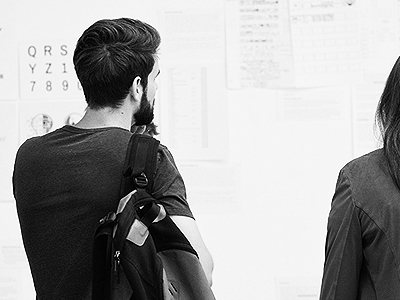




Awesome place for awesome people
Going Green Engage Reach Out Shalom Eco Shalom Cares
Issues Encountered

Shalom International Movers has conducted an in-depth analysis and reviewed case studies to identify possible problems.
One of the main issues of disposal of unwanted good are the negative environmental impact, as a result we lose an opportunity for business:
- Customers are concern about how the items are being disposed. What are the environment impact it causes?
- They would rather donate their slightly used furniture to their family and friends who needs it, or to salvation army.
- They might even sell them online on carousell, or to some second-hand buyer than to spend pay for disposal, knowing that the piece of furniture is still in mint condition.
- A major focus of a broad range of important issues for CSR is the environment issue.
- Customers prefer to support or find companies who are incorporating “green” initiatives into their company cultures, which is towards recycling or remanufacturing of unwanted items.
- They feel that it is such a waste to be disposing their used items which are still in good condition and are often half-hearted to do so.

Requirements
Provide the specific recommendations based on the information provided:
How can we improve our company’s reputation by taking a green initiative of going by simply not disposing old furnituares and electrical appliances, thus reducing environmental impact by reducing wastes?
The implementation of reverse logistics is an excellent strategy, which is likely to have a favorable effect on Shalom Mover as we strive for a green image of being environmentally friendly. However, how can we track and track those unwanted items? Also, are there other solutions as to how we should manage those unwanted items other than dispose them?
We want to exert positive environmental impact by integrating it into our logistic industry through reverse logistics to refine environmental issues that are part of our processes.
Hence, we would like to investigate how we can track disposed items such as old furniture and electrical appliances to offer a new breath of second life. We would like to find out what solutions are there to uplift the industry environmental responsibility by being a green mark certified for organization.
Develop a solution and explain why you think this best serves the business needs. What is your recommendation based on available information here? Compare the feasibility of each, highlighting your assumptions and considerations. Make a recommendation and justify your response.



